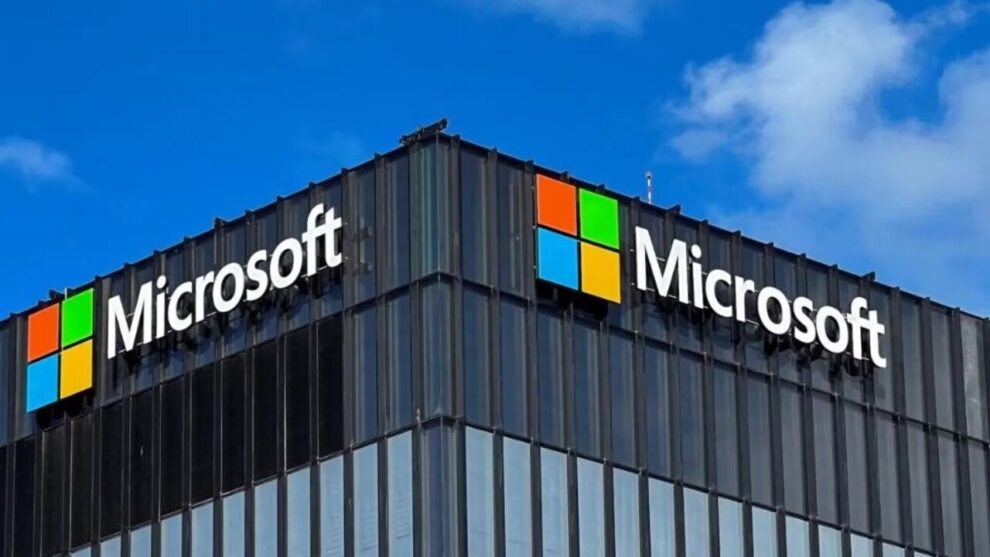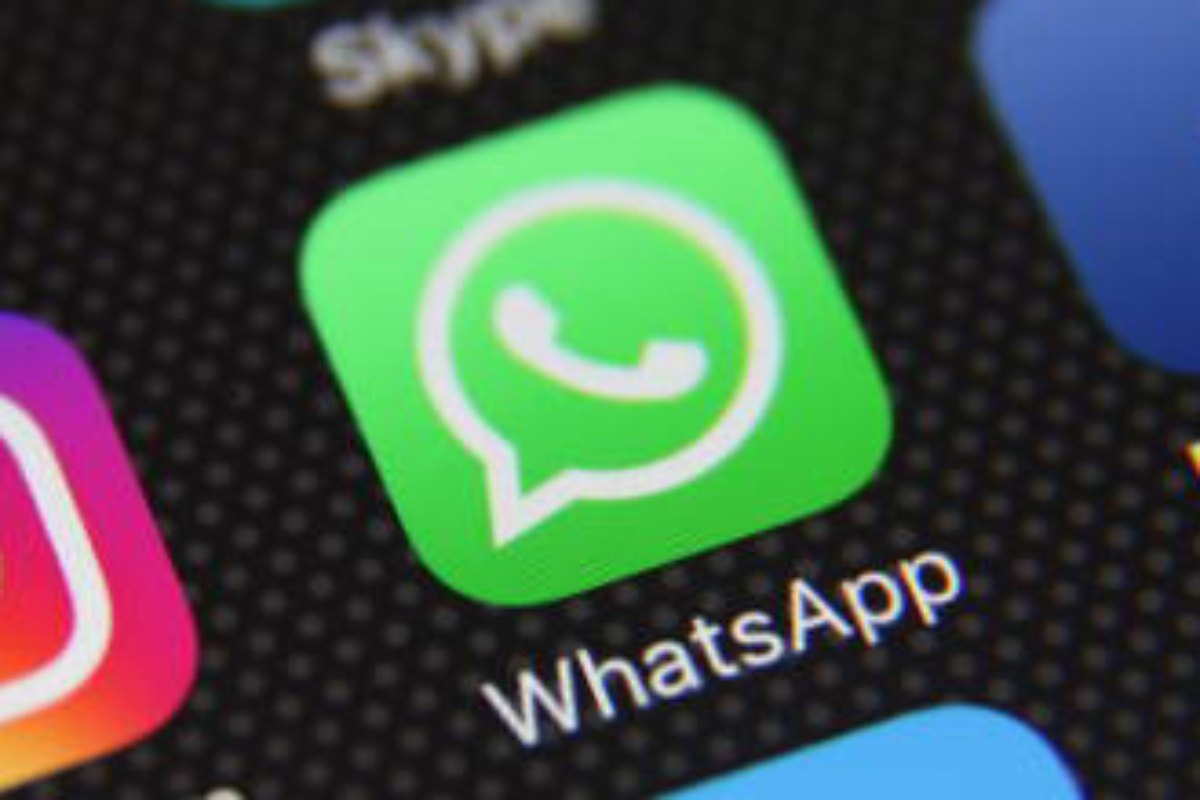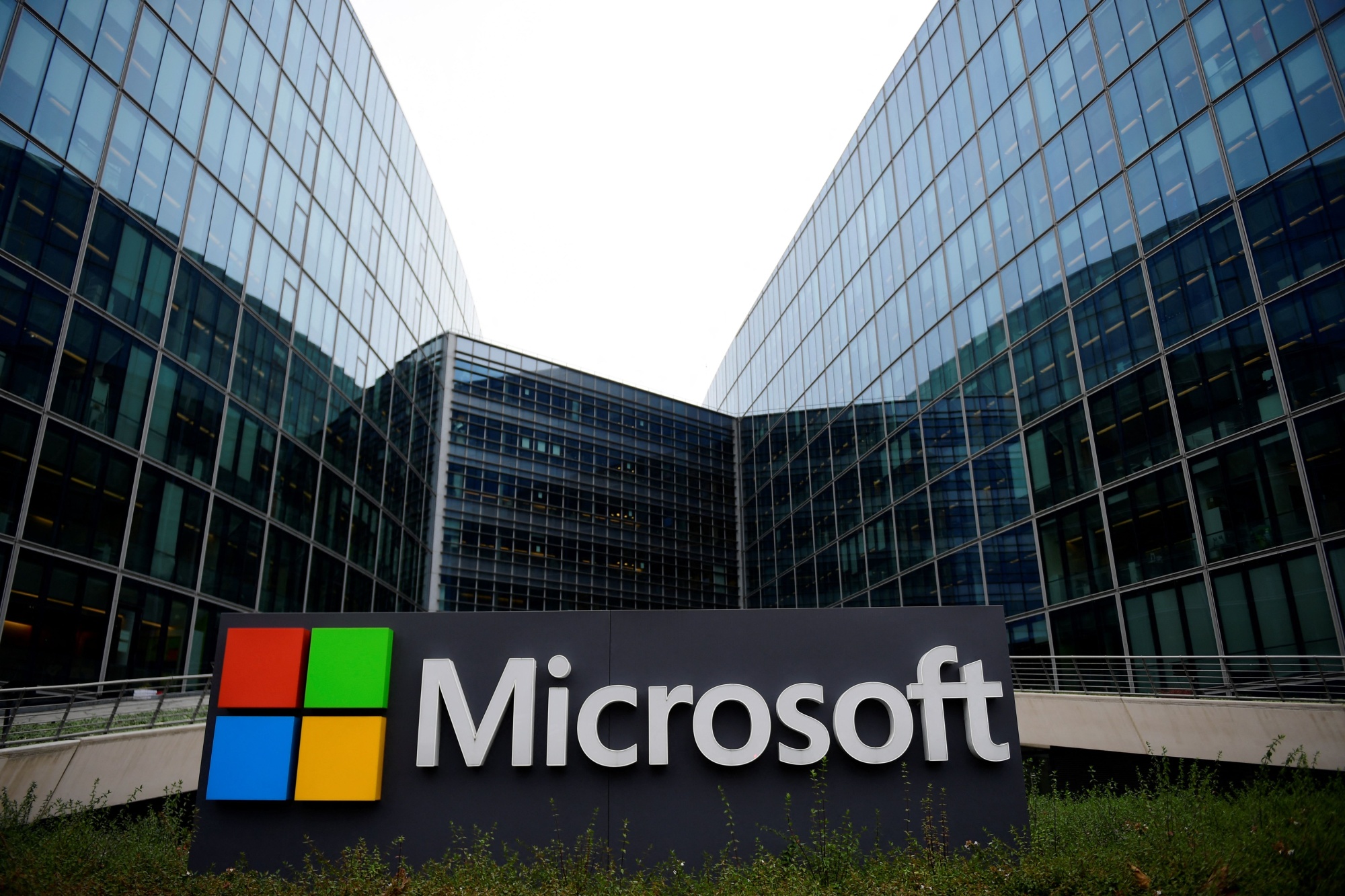In an unprecedented move that has sent ripples of concern across the globe, tech giant Microsoft has issued a stark warning to a significant portion of its massive Windows user base. While the company hasn’t explicitly told a staggering 240 million users to “stop using” their PCs immediately, the underlying message carries an undeniable urgency: neglecting a critical aspect of your system could expose you to severe risks.
Recent findings, gleaned from official Microsoft security advisories, public records of reported vulnerabilities, and corroborated by independent cybersecurity experts, paint a concerning picture. It appears that a substantial number of Windows users, potentially reaching into the hundreds of millions, are operating their computers without the latest crucial security updates. This oversight, often stemming from a lack of awareness, procrastination, or even technical limitations on older hardware, is leaving these systems dangerously vulnerable to a barrage of cyber threats.
The danger isn’t abstract. Cybersecurity agencies worldwide have documented a significant surge in sophisticated attacks targeting unpatched systems. These attacks range from ransomware, which can lock users out of their files and demand hefty payments for their release, to spyware that can secretly monitor online activity, steal sensitive personal and financial information, and even grant unauthorized access to your webcam and microphone.
“The threat landscape is constantly evolving, with malicious actors becoming increasingly sophisticated in their tactics,” explains Sarah Khan, a lead cybersecurity analyst at a prominent firm in Delhi, who has been closely monitoring Microsoft’s recent communications. “Security updates are not just about adding new features; they are primarily about patching vulnerabilities that these attackers actively seek to exploit. Running an outdated operating system without these patches is akin to leaving your front door wide open in a high-crime area.”
Microsoft, through its official security blogs and update notifications, has been consistently emphasizing the critical nature of installing the latest updates. While they haven’t issued a blanket “stop using your PC” order for 240 million users, their repeated warnings highlight the potential consequences of inaction. For instance, a recent advisory detailed a critical vulnerability in a core Windows component that, if left unpatched, could allow attackers to gain complete control over a user’s system without any interaction from the victim.
The sheer scale of potentially affected users is alarming. While Microsoft doesn’t publicly disclose the exact number of devices running outdated versions, industry estimates, based on telemetry data and market analysis, suggest that hundreds of millions of Windows PCs worldwide may not be running the most up-to-date software. This includes individuals, small businesses, and even some larger organizations that may have overlooked or delayed crucial updates.
The reasons behind this widespread lag in updates are varied. Some users might be unaware of the importance of these updates, dismissing the frequent notifications as mere inconveniences. Others might be running older hardware that struggles to handle the latest versions of Windows, forcing them to remain on older, unsupported operating systems. In some cases, compatibility issues with older software might also deter users from upgrading.
However, security experts stress that these reasons pale in comparison to the risks involved. Running an unpatched system is not just a personal risk; it can also have wider implications. Compromised computers can be used as part of botnets to launch attacks on other systems, spreading malware and further destabilizing the digital ecosystem.
Microsoft has been proactive in providing tools and resources to help users stay secure. Windows Update is designed to automatically download and install updates, but users need to ensure that this feature is enabled and functioning correctly. For those running older hardware, Microsoft recommends considering upgrading to a more modern device that can handle the latest security features.
The company has also been transparent about the end-of-life dates for various Windows versions. For example, Windows 7 reached its end of support in January 2020, and while some users may still be running it, they are doing so at significant risk as they no longer receive critical security updates. Similarly, older versions of Windows 10 also reach their end of service periodically, requiring users to upgrade to a newer version to remain protected.
Consider the case of a small business owner, Ramesh Kumar, who runs a printing shop in Delhi. He had been postponing Windows updates on his office computer for months, citing a busy schedule. One morning, he found all his files encrypted, with a demand for a hefty ransom. His business was paralyzed, and he faced significant financial losses. This real-life scenario underscores the devastating impact that neglecting security updates can have.
Microsoft’s repeated warnings, while not a direct order to stop using your PC, should be interpreted as a serious call to action. It’s a plea to prioritize your digital safety and take the necessary steps to ensure your Windows system is up to date. Ignoring these warnings could lead to severe consequences, including data loss, financial theft, and privacy breaches.
So, is your Windows PC a ticking time bomb? The answer depends on whether you are taking the necessary precautions to keep it secure. Check your update settings today. Ensure automatic updates are enabled. If you are running an older, unsupported version of Windows, consider upgrading your hardware. The short-term inconvenience of updating or upgrading is a small price to pay for long-term peace of mind and digital security. Microsoft’s message is clear: don’t wait until it’s too late. Protect yourself now.










Add Comment